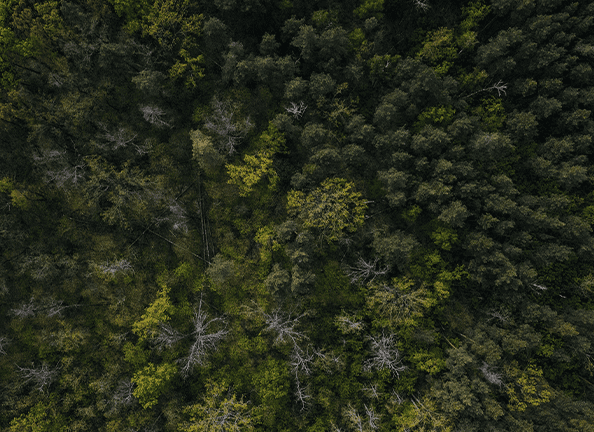

- This event has passed.
ONLINE COURSE – Making Beautiful And Effective Maps In R (MAPR04) This course will delivered live
23rd February 2023 - 24th February 2023
£300.00
Event Date
Thursday, February 23rd, 2023
Course Format
This is a ‘LIVE COURSE’ – the instructor will be delivering lectures and coaching attendees through the accompanying computer practical’s via video link, a good internet connection is essential.
Time Zone
TIME ZONE – `Central European Standard Time – however all sessions will be recorded and made available allowing attendees from different time zones to follow.
Please email oliverhooker@prstatistics.com for full details or to discuss how we can accommodate you).
About This Course
The aim of the course is to show you how to use R to make pretty, yet appealing maps using the R programming language. Several R packages related to spatial data processing and visualization will be introduced during the course. The course will teach you how create publication-ready static maps, animated maps, interactive maps, and simple map applications using a mixture of lectures and computer exercises.
By the end of the course participants should:
- Understand the basic concepts behind the tmap package
- Be able to create a variety types of static maps, including raster maps, choropleth maps, and point maps
- Know how to create interactive maps and simple map applications using the shiny package
- Be able to create facet maps and map animations to represent spatiotemporal phenomenon
- Know how to utilize specific-purpose mapping packages to create cartograms or grid maps
- Have the confidence to apply map making skills to their own projects
Intended Audiences
Academics and post-graduate students working on projects related to spatial data and want to create publication-ready maps, interactive maps for their websites, or simple mapping web applications
Applied researchers and analysts in public, private or third-sector organizations who need the reproducibility, speed and flexibility of a command-line language such as R to quickly create maps for their reports or websites
The course is designed for intermediate R users interested in maps making and R beginners who have prior experience with geographic data.
Venue
Delivered remotely
Course Details
Availability – 20 places
Duration – 2 days
Contact hours – Approx. 16 hours
ECT’s – Equal to 1.5 ECT’s
Language – English
Teaching Format
Assumed quantitative knowledge
Understanding basic GIS concepts, such as spatial vector, spatial raster, coordinate reference systems would be beneficial, but is not necessary.
Assumed computer background
Attendees should already have experience with R and be able to read csv files, create simple plots, and manipulate data frames.
However, if you do not have R experience but already use GIS software and have a strong understanding of geographic data types, and some programming experience, the course may also be appropriate for you
Equipment and software requirements
A laptop computer with a working version of R or RStudio is required. R and RStudio are both available as free and open source software for PCs, Macs, and Linux computers. R may be downloaded by following the links here https://www.r-project.org/. RStudio may be downloaded by following the links here: https://www.rstudio.com/.
All the R packages that we will use in this course will be possible to download and install during the workshop itself as and when they are needed, and a full list of required packages will be made available to all attendees prior to the course.
A working webcam is desirable for enhanced interactivity during the live sessions, we encourage attendees to keep their cameras on during live zoom sessions.
Although not strictly required, using a large monitor or preferably even a second monitor will improve he learning experience
PLEASE READ – CANCELLATION POLICY
Cancellations are accepted up to 28 days before the course start date subject to a 25% cancellation fee. Cancellations later than this may be considered, contact oliverhooker@prstatistics.com. Failure to attend will result in the full cost of the course being charged. In the unfortunate event that a course is cancelled due to unforeseen circumstances a full refund of the course fees will be credited.
If you are unsure about course suitability, please get in touch by email to find out more oliverhooker@prstatistics.com
COURSE PROGRAMME
Thursday 24th
Classes from 09:00 to 17:00
Introduction to mapping packages in R
Making static maps
Applying point, lines, polygons, and raster map layers
Customizing maps
Creating interactive maps
Saving maps
Friday 25th
Classes from 09:00 to 17:00
Making facet maps
Creating animated maps
Making inset maps
Using specific-purpose mapping packages
Creating simple map applications
Other mapping packages in R
Jakub Nowosad
Works at: Adam Mickiewicz University
Jakub Nowosad is a computational geographer working at the intersection between geocomputation and the environmental sciences. His research is focused on developing and applying spatial methods to broaden understanding of processes and patterns in the environment. A vital part of his work is to create, collaborate, and improve geocomputational software. He is an active member of the #rspatial community and a co-author of the Geocomputation with R book.
Teaches
- Introduction to spatial analysis of ecological data using R (ISPE)
- Making beautiful and effective maps in R (MAPR
- Adapting to the recent changes in R spatial packages (sf, terra, PROJ library) (PROJ
Teaches
- Introduction to spatial analysis of ecological data using R (ISPE)
- Making beautiful and effective maps in R (MAPR
- Adapting to the recent changes in R spatial packages (sf, terra, PROJ library) (PROJ